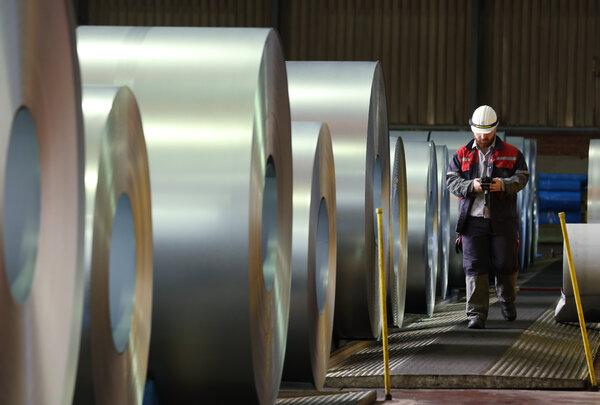Understanding the EU Steel Tariffs and Their Impact

Introduction
The European Union has recently reinforced its steel tariffs, an action that has raised significant concerns within the global trade community. With steel being a crucial component for various industries, these tariffs can have pronounced effects on manufacturing, construction, and economic relations both within Europe and internationally. Understanding the rationale behind these measures and their potential consequences is essential for businesses and policymakers alike.
Background on EU Steel Tariffs
In response to global steel overcapacity, especially from countries like China, the EU implemented steel tariffs on certain imports, aimed at protecting the European steel industry. Initially set in place in 2018, these tariffs were justified as necessary to safeguard jobs and stimulate the domestic economy. As of 2023, the EU has adjusted these tariffs, seeking to balance the interests of domestic producers with those reliant on affordable steel imports.
Recent Developments
As of late 2023, the EU’s steel tariffs have undergone reviews to evaluate their effectiveness and fairness. Approximately 25% tariffs apply to various steel products, with notable exclusions for countries that maintain production caps, which are designed to limit the influx of steel from nations exacerbating overcapacity. The EU’s stance has prompted discussions among trading partners, with the United States and China expressing concern over the potential escalation to trade tensions. Moreover, implications for local manufacturers, particularly those reliant on imported steel, have raised questions about the tariffs’ long-term sustainability.
Impact on the Industry
The continuation of EU steel tariffs has both positive and negative ramifications. Domestically, the tariffs aim to reinforce the European steel sector, thereby protecting jobs and promoting investment in steel production. However, manufacturers who rely on steel imports face increased costs, potentially leading to higher prices for consumers and decreased competitiveness in international markets. Analysts project that these tariffs could disrupt supply chains, ultimately impacting various sectors, such as automotive and construction, which are essential for the EU’s economic recovery post-COVID-19.
Conclusion
The EU’s steel tariffs underline the complex interplay of protectionism and global trade, serving as both a shield for domestic industries and a potential hurdle for businesses reliant on global supply chains. As trade discussions continue, manufacturers and policymakers must closely monitor the situation to mitigate risks associated with fluctuating tariffs and to explore avenues for cooperation that can lead to more stable trade relations. The future of EU steel tariffs—for better or worse—will have lasting effects on the region’s industrial landscape and economic resilience.
